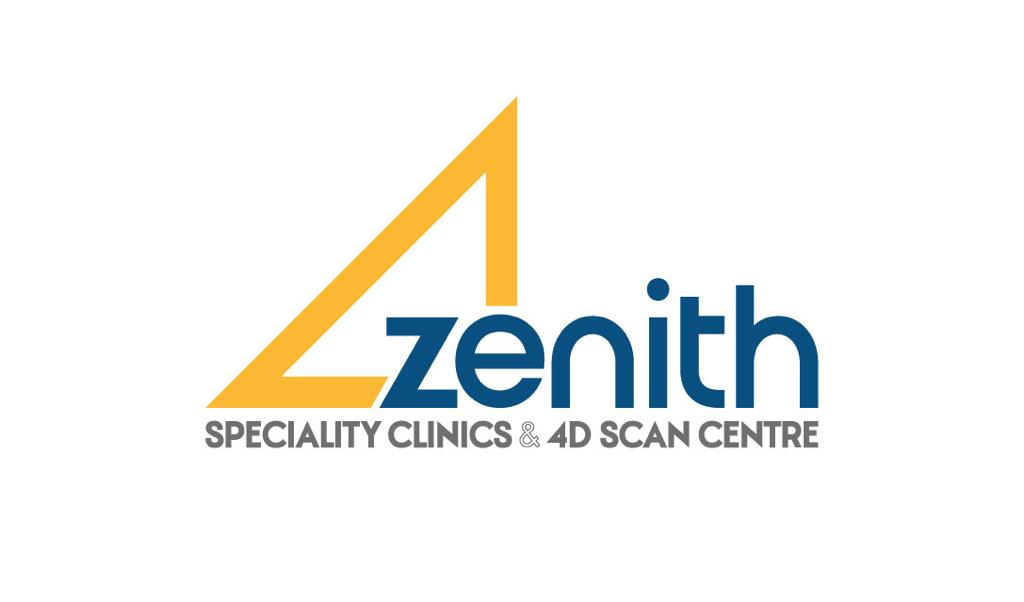Abdomen-and-Pelvis Ultrasound Scan

An ultrasound scan of the belly and pelvis is a popular non-invasive diagnostic method that shows the organs and structures located in these areas. This kind of ultrasound helps in the diagnosis of a number of diseases by creating images of inside organs using high-frequency sound waves.
Indications:
An abdomen and pelvis ultrasound is typically performed for various reasons, including:
- Evaluating any swelling or pain in the abdomen
- Identifying and keeping track of liver conditions (such as tumors, cirrhosis)
- Evaluating issues with the kidneys and bladder (such as stones and tumors)
- Monitoring for inflammation or stones in the gallbladder
- Looking into pancreatic problems (such as tumors, cysts, and pancreatitis)
- Searching for aortic aneurysms in the abdomen
- Diagnosing disorders of the reproductive system (ovarian cysts, uterine fibroids, etc.)
- Evaluating pelvic pain or abnormal bleeding
Procedure:
Orientation: Usually lying on your back, you will be placed on an examination table.
Gel Application: A water-based gel will be applied to the skin over the area being examined. This gel removes air pockets that might hinder the transmission of sound waves and help in the transducer's safe and secure contact with the body.
Scanning: Radiologist will move the transducer over the abdomen and pelvic area. By directing sound waves into the body and recording the echoes that return, the transducer produces images that are displayed on a monitor.
Painless: Although you could feel slight pressure as the transducer is passed over your body, the procedure is harmless.
Time:Depending on the subjects being studied and the complexity of the exam.
What to Expect:
Painless: Although you could feel slight pressure as the transducer is passed over your body, the procedure is harmless.
Absence of Radiation:Ultrasound employs sound waves instead of ionizing radiation, as opposed to X-rays and CT scans.
Comfort:Although the gel that was administered could feel a little cold and sticky, it is simple to remove after the process.
Common Findings:
The abdomen:Disorders of the liver, gallstones, kidney stones, cysts, tumors, buildup of fluid (ascites), and anomalies in blood vessels.
Pelvis:Bladder abnormalities, prostate hypertrophy, ectopic pregnancies, ovarian cysts, and uterine fibroids.
Follow Up
Depending on the findings, your doctor may recommend additional tests, treatments, or follow-up scans to monitor any identified conditions.

